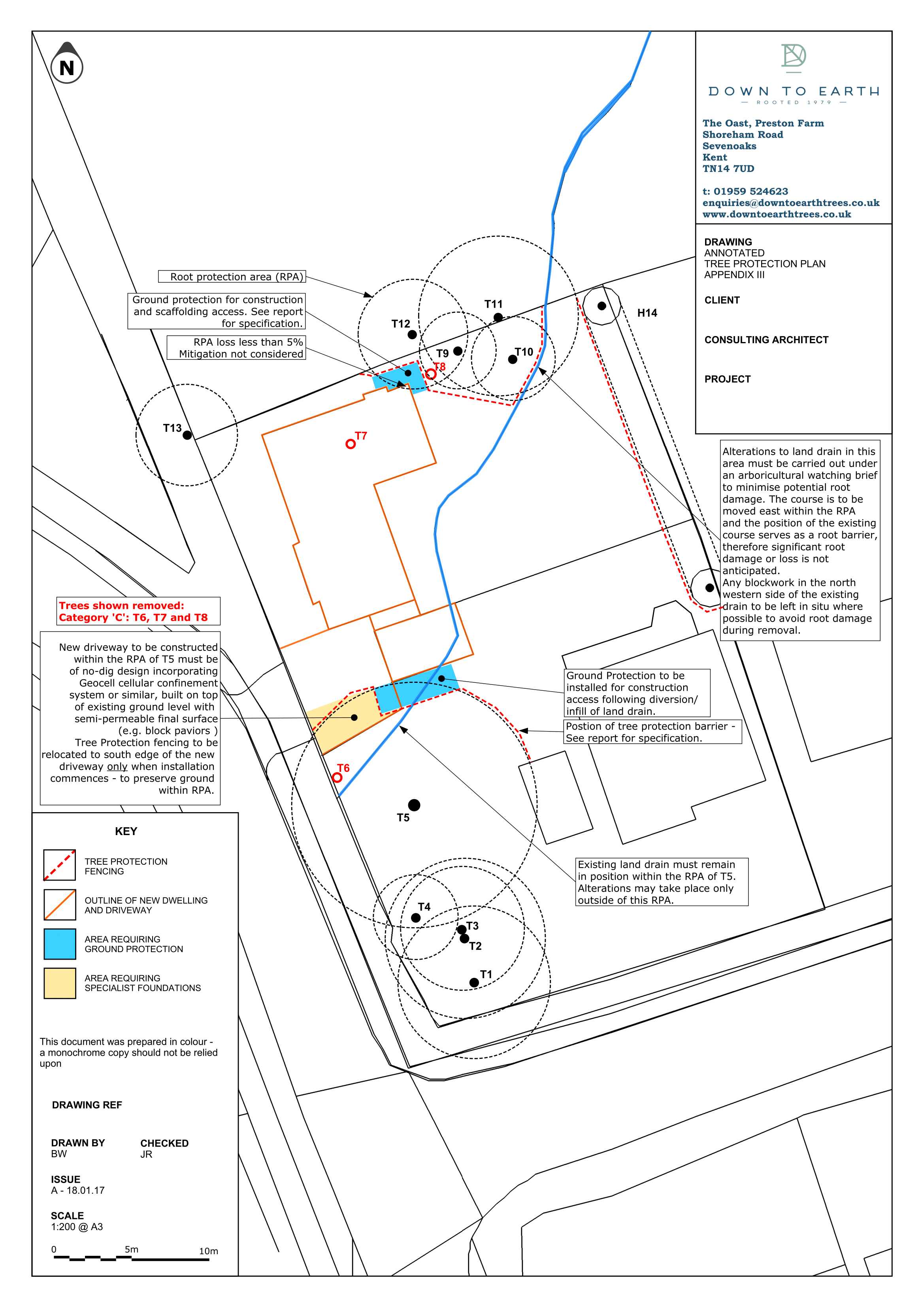As a developer intending to construct on land with existing trees, it is necessary to enlist the services of a certified arborist to conduct a BS5837 tree survey. This standard is typically applicable whether you are initiating development on a site for the first time or introducing new structures to an already established site. Down to Earth is equipped to conduct a BS5837 survey in Bishops Stortford for your project, ensuring a prompt and compliant progression that aligns with the various statutory guidelines governing tree management.
BS5837 refers to the British Standard 5837,
"Trees in Relation to Design, Demolition, and Construction - Recommendations." This standard provides guidelines and recommendations for managing trees in development projects to ensure the sustainable integration of trees into the built environment. Here's an explanation of key aspects covered by BS5837:
Tree Surveys:
BS5837 outlines the process of conducting tree surveys before and during the planning stages of construction projects.
The surveys aim to assess the significance of trees on or near the development site and identify their potential impact on the project.
Categorisation of Trees:
Trees are categorised based on their importance, health, and potential impact on the development.
Categories include U1 (unimportant), U2 (consideration), T1 (of amenity value), T2 (high amenity value), and those to be retained or removed.
Tree Protection Plans:
The standard requires the development of Tree Protection Plans (TPPs) to safeguard important trees during construction.
TPPs detail the measures to be taken to avoid damage to trees, including physical protection barriers and root protection zones.
Root Protection Area (RPA):
BS5837 defines Root Protection Areas, specifying the areas around trees where soil disturbance should be minimised to protect the tree's root system.
Arboricultural Impact Assessment (AIA):
An Arboricultural Impact Assessment is conducted to evaluate the potential impact of the development on trees.
It helps in determining if adjustments to the design or construction methods are needed to protect significant trees.
Mitigation Measures:
The standard provides guidance on implementing mitigation measures to minimise adverse impacts on trees during construction.
This includes suggestions for alternative designs, construction methods, and the installation of protective measures.
Post-Construction Care:
BS5837 emphasises the importance of post-construction care for retained trees, ensuring their ongoing health and vitality.
This may involve ongoing monitoring, pruning, and management to support the long-term coexistence of trees and developments
About Down To Earth Tree Reports and Consultancy:
Down to Earth is dedicated to providing high standard consultancy advice and comprehensive reports on all matters related to trees for a diverse clientele, including private individuals and businesses. Our collaborative approach involves working closely with each client to generate clear and concise tree reports, presented in a professional format that is easy to understand. With a cumulative wealth of experience exceeding 40 years, our team offers cost-effective solutions for all aspects of tree care and management.
Addressing Concerns: "What If Tree Roots Are Damaging My Building?"
We recognise that trees can potentially impact a building's stability, depending on factors such as tree type, size, sub-soil composition, and proximity to the structure. To address these complex issues, our multi-disciplinary team combines the expertise of building surveyors and arboriculturists to identify likely causes and implement appropriate remediation measures. Beyond subsidence concerns, the close proximity of trees may also lead to direct damage, necessitating professional building and structural advice. We recommend Sinclair Jones for expert guidance in these areas.
Tree Protection Plan and BS5837 Survey Report in London and Kent:
For those grappling with questions about tree health, Down To Earth offers comprehensive solutions. We understand that various factors, such as poor soil, nutrient deficiency, drought, pests, and diseases, can stress trees, leading to visible symptoms like sparse leaves or dieback. Our proactive approach involves employing state-of-the-art Chlorophyll Fluorescence testing equipment for tree vitality monitoring and stress detection. This allows us to identify stress levels before visible symptoms appear, enabling timely intervention and effective remedies. Our team can recommend and implement treatment methods to enhance and maintain optimal tree health. Periodic testing also serves to assess the effectiveness of implemented treatments over time.
At Down To Earth, we are committed to delivering reliable and proactive services to ensure the well-being of trees and the success of your projects.
Areas we cover
We cover most of the South East including Kent, Surrey, Sussex, London and Essex.





